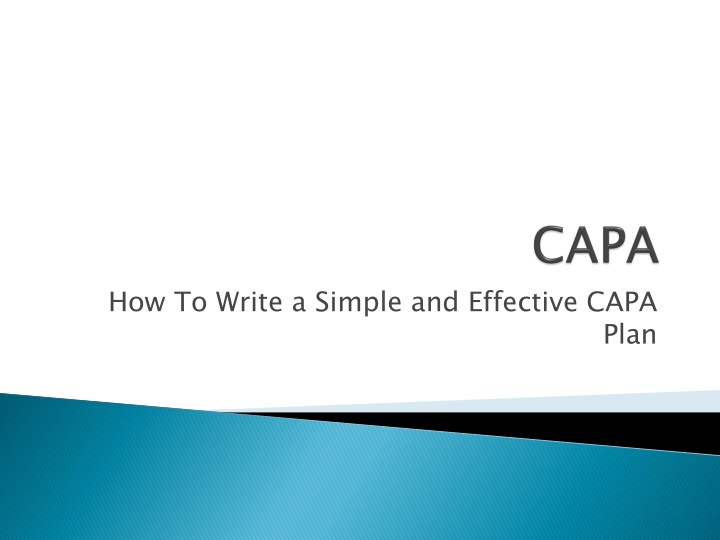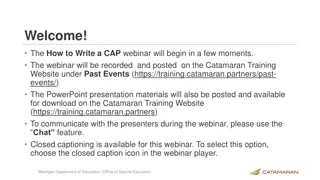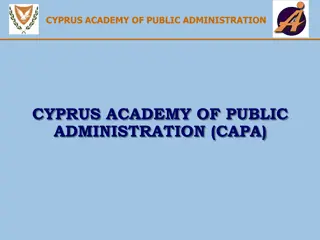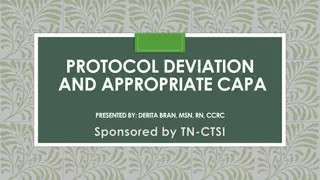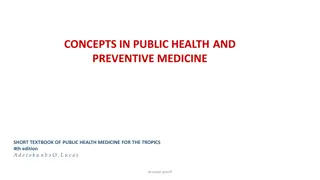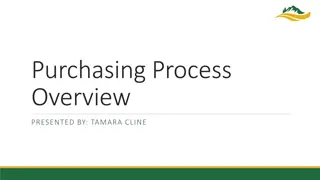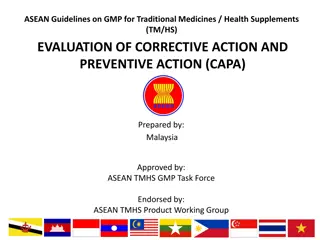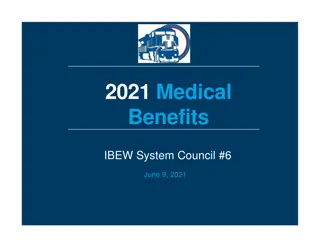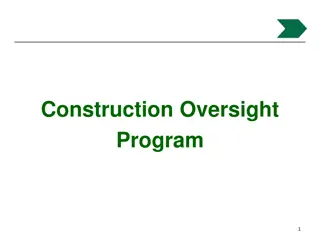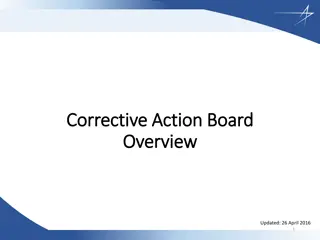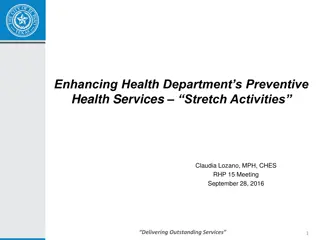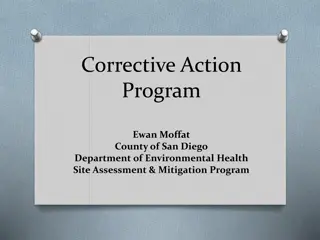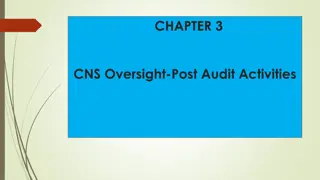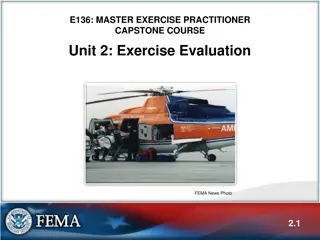Creating an Effective Corrective and Preventive Action (CAPA) Plan
Effective CAPA plans are essential for addressing and preventing issues in various processes. This guide outlines the differences between CAP and CAPA, steps for developing a CAPA plan, implementing corrective and preventive actions, and encouraging continuous improvement through thorough documentation and evaluation.
Download Presentation

Please find below an Image/Link to download the presentation.
The content on the website is provided AS IS for your information and personal use only. It may not be sold, licensed, or shared on other websites without obtaining consent from the author.If you encounter any issues during the download, it is possible that the publisher has removed the file from their server.
You are allowed to download the files provided on this website for personal or commercial use, subject to the condition that they are used lawfully. All files are the property of their respective owners.
The content on the website is provided AS IS for your information and personal use only. It may not be sold, licensed, or shared on other websites without obtaining consent from the author.
E N D
Presentation Transcript
CAPA PLAN What is the difference between CAP and CAPA? CAP=Corrective Action Plan CAPA=Corrective Action and Preventive Action Plan
If you personally make a mistake more than once If you identify a pattern of errors If a procedure consistently fails Retraining is not working Your study participants are constantly non- complaint
1. Identify an issue 2. Define the root cause of the issue 3. Correct the issue 4. Develop a plan to prevent the issue from reoccurring 5. Implement the plan to prevent the issue 6. Follow-up on and evaluate the plan implemented 7. Repeat as necessary 8. Document closure
Objective: address and correct current issue and prevent future similar issues from occurring Identify the W s and one H Who What When Where How
Corrective Action What is the issue Why is there an issue How will the issue be corrected When was the correction made Who was involved in the correction Document resolution
Preventive Action What is the issue Why is there an issue What is the plan to prevent the issue in the future When and How will the plan be implemented When and How will the plan be evaluated Documented resolution
Implementing a CAPA Plan Corrective Action 1. Communicate 2. Educate 3. Correct 4. Document Preventive Action 1. Communicate 2. Educate 3. Implement 4. Evaluate 5. Document
Do not be afraid to use a CAPA plan Revisit your CAPA Plan Own your improvement process
